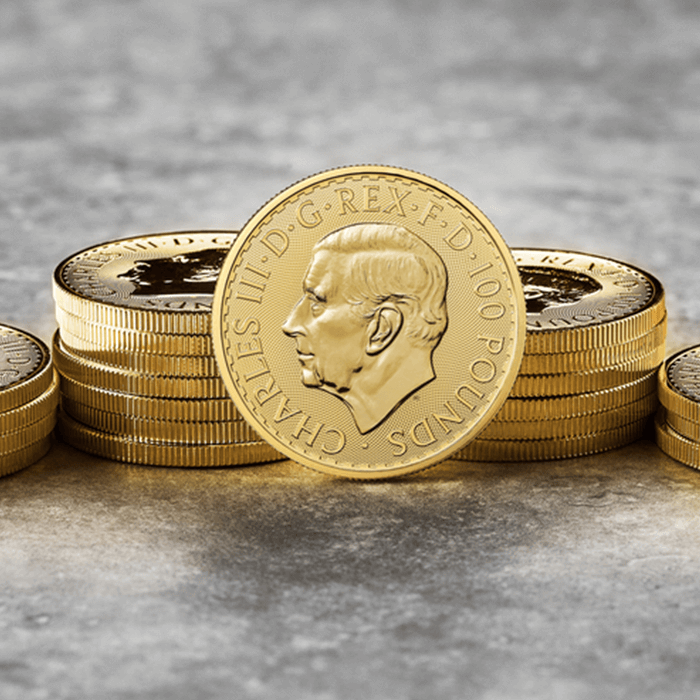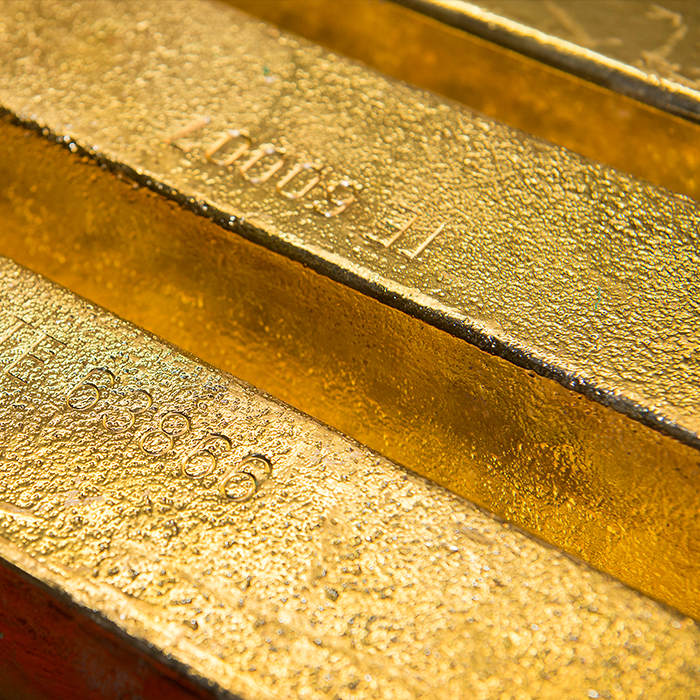
In the LBMA Precious Metals Market Report for Q4 2023, gold took the spotlight, hitting a record high of $2,078.40 on 28 December 2023. Analysts went bold with predictions, exploring the possibility of gold soaring past US$3,000 in 2024 and even hitting US$10,000 by the end of the decade.
The positive trends continued for gold in the last quarter of 2023, thanks to an optimistic outlook for the United States economy and signals from the Federal Open Market Committee hinting at no immediate interest rate hikes. Central banks globally were also on a gold-buying spree, with the People’s Bank of China standing out by accumulating over 230 tonnes in 2023.
Conversely, silver, known more for its industrial use, seemed to be more volatile. It gained 10.04% in Q4 but ended the year with a -2.08% loss, showcasing its sensitivity to market nuances. This dance between economic factors, geopolitical factors, and central bank moves paints a vivid picture of how gold and silver play distinct roles in our precious metals narrative.
The ratio of the gold price to silver has broken out of its short-term range of the last six months, moving beyond 90 and travelling towards the 95 level. This marked a short-term peak in September 2022, a rise precipitated by the Ukraine conflict. This ratio is closely followed by precious metals investors as a guide to relative value in the silver price, and at the current time, it is potentially indicating good value in silver.
Silver has been range bound, broadly trading between £16 and £20 per ounce for over three years. In contrast, gold moved 20% higher in the same period, and is consolidating around £1,600 and all-time highs.
Read the full report published by the LBMA here.
Could now be a good time to add to your silver investments?




